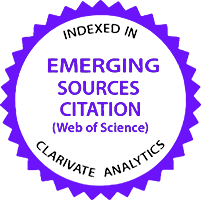Abstract— Hand movement deteriorations are mostly associated with certain diseases and poor functioning of the nervous system. Also, extremities dysfunction has an antagonistic impact on daily activities of subjects. In this paper, a practical tool is proposed to diagnose the presence of diabetes by measuring such dysfunction in the form of hand skew as related to blood glucose level (BGL) for certified diabetics compared to normal subjects, all as a function of gender and age. To accomplish this task, a personal computer equipped with touch pad is programmed to enable the subjects (diabetic and healthy people) to draw – with their index finger – two prespecified reference lines, one is vertical and the other is horizontal. Practically, the finger motion will not produce the lines as intended, but rather a jerky line is produced which is assumed to deteriorate with illness or other factors. Hand movement is digitally measured based on the X and Y coordination of the index finger’s position on the pad. Analysis of the data captured from hand movement concentrated on the deviations or skew of the hand from the prescribed tracks (lines). The results show that the mean values of vertical and horizontal deviations for the diabetics are larger than those for normal subjects. Moreover, female subjects have better tracking results than male subjects while older aged subjects show more deviations than younger ones. The results also reveal that high values of BGL worsened diabetic hand movement especially for males, since correlation of vertical deviations with BGL of diabetic females is at 0.17 compared to 0.369 for diabetic males, and these were at 0.23 and 0.27 when horizontal deviations are considered. Finally, the obtained results demonstrate the efficiency of proposed tool to successfully diagnose the presence of diabetes and its effect on vertical and horizontal hand movements. They also show the main advantages of the proposed tool, compared to similar ones; namely, that it is fully computerized, easy to use and non-invasive.
Keywords: Diabetes; Blood glucose level; Hand skew; Horizontal deviation; Vertical deviation
DOI: http://doi.org/10.5455/jjee.204-1596625478

![Scopus®_151_PNG-300x86[1]](https://jjee.ttu.edu.jo/wp-content/uploads/2024/03/Scopus®_151_PNG-300x861-1.png)
